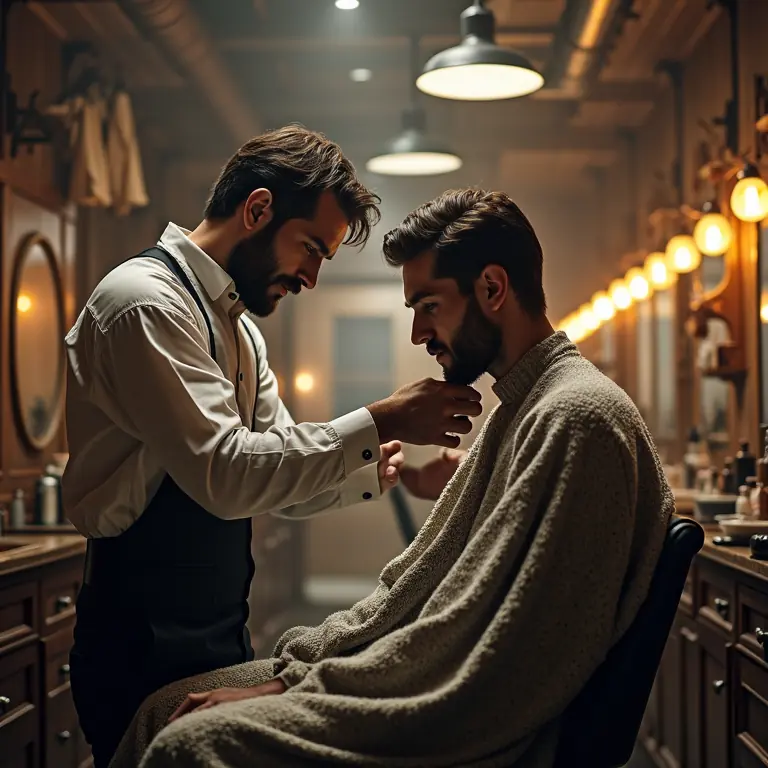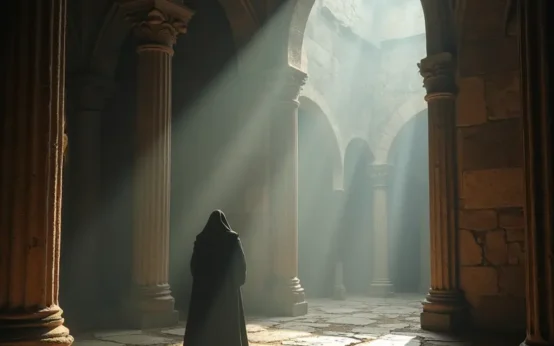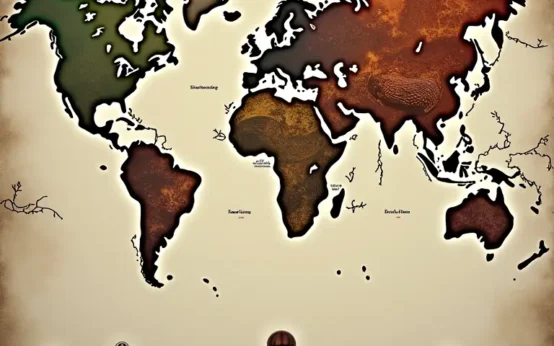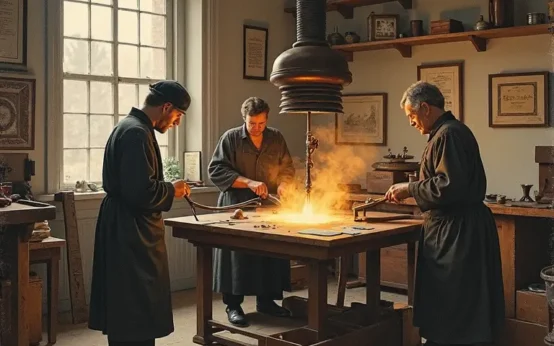Barbering. The word conjures images of striped poles, comfortable chairs, hot towel treatments, and skilled hands shaping facial hair. But beneath the surface of this seemingly straightforward profession lies a surprisingly rich and complex history stretching back millennia. Far from being merely a service focused on aesthetics, barbering has consistently been interwoven with religious practice, medical care, social status, and evolving conceptions of masculinity. This article will delve into the unexpectedly precise history of barbering, tracing its evolution from sacred ritual to modern style.
Ancient Roots: Priests, Physicians, and the Sacred Blade
The earliest evidence of intentional beard grooming dates back to ancient Egypt, around 3000 BCE. However, this wasn’t the work of barbers as we know them today. Instead, it was priests who wielded the razor. Beards weren’t simply a matter of fashion; they held deep religious significance, representing wisdom and virility. Shaving, or rather, the ritualistic trimming of beards, was a sacred act performed in temples. Archaeological findings show elaborate razors made of bronze and copper, suggesting a level of craftsmanship dedicated to this practice. The act of removing facial hair was linked to purification rituals, ensuring cleanliness before approaching the gods.
Simultaneously, in ancient Mesopotamia and later in Greece and Rome, men with beards were associated with wisdom, power, and nobility. However, Alexander the Great, around 330 BCE, famously ordered his soldiers to shave their beards to prevent enemies from grabbing them in battle – a pragmatic move that began to shift perceptions. Interestingly, even as shaving became more commonplace for military purposes, it remained largely the domain of skilled practitioners, often doubling as physicians. Ancient Greek and Roman barbers – known as tonsores – weren’t simply stylists; they were frequently entrusted with minor surgical procedures like bloodletting, tooth extraction, and wound care. This dual role highlights the limited specialization of medical practices at the time and the trust placed in individuals with steady hands and a knowledge of anatomy. The association between barbering and medicine would endure for centuries.
The Medieval Period: A Continuation of Combined Roles
The fall of the Roman Empire didn’t sever the link between barbering and healthcare. During the early Middle Ages, monasteries became centers of learning and medical practice. Monks often provided basic medical services to the surrounding communities, including tonsuring – the practice of shaving the head, particularly for monastic orders. This practice, while religious in nature, required a skilled hand with a blade, reinforcing the barber’s association with precision and hygiene.
As towns and cities grew, so did the demand for barber-surgeons. These individuals continued to perform a wide range of services, from haircuts and shaves to tooth extractions, bloodletting, and even rudimentary amputations. Guilds began to emerge, regulating the profession and setting standards for training and practice. The Guild of Barber-Surgeons, established in Europe during the 12th and 13th centuries, was a powerful organization that controlled the practice of both barbering and surgery. Membership was often restricted to those who had undergone a rigorous apprenticeship, demonstrating their competence in both disciplines. This period also saw the emergence of early barbering tools, including shears, razors, and basins, gradually improving in design and functionality.
The Renaissance and the Rise of Specialization
The Renaissance brought a renewed focus on human anatomy and medical science. This led to a gradual separation of surgery and barbering. Surgeons, increasingly focused on complex operations and anatomical studies, sought to distance themselves from the more “menial” tasks traditionally performed by barbers. In 1750, the Royal College of Surgeons in London formally separated from the Barber-Surgeons’ Company, marking a pivotal moment in the history of both professions. This division reflected a growing emphasis on specialized training and professional distinction.

Despite this separation, barbering continued to flourish. The 18th century saw the rise of elaborate wigs and hairstyles, particularly among the aristocracy. Barbers became essential for maintaining these complex styles, employing a range of tools and techniques to create fashionable looks. This era also witnessed the development of new barbering tools, such as curling irons and hair powders, further expanding the scope of the profession. The emergence of coffee houses as social hubs also played a role, as many barber shops were established alongside them, offering a convenient place for men to socialize and groom themselves.
The 19th Century: The Modern Barber Shop Takes Shape
The 19th century marked a significant turning point in the history of barbering. The invention of the straight razor, made possible by advancements in metallurgy, revolutionized the shaving process. These razors, crafted from high-quality steel, offered a closer, more comfortable shave than their predecessors. This period also saw the popularization of the barber pole, originally used by surgeons to indicate where bloodletting was performed. The stripes on the pole – red, white, and blue – represented the stages of bloodletting: arterial (red), venous (white), and bandaging (blue). Over time, the barber pole became a symbolic representation of the barbering profession, a visual cue that continues to be recognized worldwide.
The Industrial Revolution brought mass production and increased accessibility to barbering tools and supplies. Barber shops began to resemble the establishments we know today, with comfortable chairs, mirrors, and a focus on hygiene. The rise of the middle class also fueled the demand for barbering services, as more men sought to emulate the styles of the wealthy elite. This period saw the emergence of iconic barbering styles, such as the handlebar mustache and the neatly trimmed beard, reflecting the social and cultural norms of the time.
The 20th and 21st Centuries: Innovation and Revival
The 20th century brought significant changes to the barbering landscape. The advent of electric razors in the early 1900s offered a convenient alternative to traditional shaving, but many men continued to prefer the close shave and personalized service offered by a skilled barber. The post-World War II era saw a decline in traditional barbering, as hairstyles became more casual and men began to cut their own hair. However, a revival began in the 1990s and continues today, driven by a renewed appreciation for classic styles and a desire for a more personalized grooming experience.
Modern barbering is characterized by innovation and a focus on customer service. Barbershops are increasingly offering a range of services, including haircuts, shaves, beard trims, hair coloring, and styling. Many shops also incorporate elements of luxury and relaxation, such as hot towel treatments, scalp massages, and premium grooming products. The rise of social media has also played a role, allowing barbers to showcase their skills and connect with clients online. There’s a thriving community of barbers sharing techniques, styles, and business advice online, contributing to a constant evolution of the craft.

Here’s a helpful resource demonstrating modern techniques:
The Barber as a Cultural Icon
Throughout history, the barber has often served as more than just a stylist; they’ve been a confidant, a social commentator, and a community figure. Barber shops have traditionally been places where men gather to socialize, share stories, and discuss current events. This role has been particularly important for marginalized communities, providing a safe space for conversation and connection. The barber’s chair offers a unique vantage point, allowing them to observe and understand the changing attitudes and values of society.
The barber’s influence extends beyond the realm of grooming. In many cultures, barbers are considered trusted advisors, offering guidance and support to their clients. This is perhaps a remnant of their historical role as physicians and healers, a time when they were entrusted with not only physical well-being but also emotional and spiritual health.
Looking Ahead: The Future of Barbering
The future of barbering looks bright. As men become increasingly conscious of their appearance and grooming habits, the demand for skilled barbers is likely to continue to grow. Technological advancements, such as new tools and products, will undoubtedly shape the profession, but the core principles of craftsmanship, customer service, and attention to detail will remain essential.
Furthermore, we can anticipate a continued emphasis on sustainability and ethical practices within the barbering industry. Clients are increasingly seeking out shops that use eco-friendly products and prioritize responsible sourcing. The revival of traditional techniques, combined with a willingness to embrace innovation, will ensure that barbering continues to evolve and adapt to the changing needs of society.
The history of barbering is a testament to the enduring human desire for self-expression and social connection. From the sacred rituals of ancient Egypt to the stylish establishments of today, the barber has played a vital role in shaping our appearance and our culture.
If you’re interested in exploring other examples of surprisingly consistent patterns throughout history, you might enjoy reading about:
- The Surprisingly Consistent Geometry of Snowflake Formation
- The Surprisingly Consistent Science of Historical Food Preservation
- The Surprisingly Consistent Evolution of Clockmaking
- The Surprisingly Consistent Symbolism of Early Playing Cards
- The Surprisingly Consistent Logic of Ancient Boarding-House Rules


 The Curious Acoustics of Historical Echo Chambers: Resonance, Ritual, and Revelation
The Curious Acoustics of Historical Echo Chambers: Resonance, Ritual, and Revelation  The Curious Cartography of Scent: Mapping Perfume Ingredients Through History
The Curious Cartography of Scent: Mapping Perfume Ingredients Through History  The Curious Lexicon of Lost Trades
The Curious Lexicon of Lost Trades  The Surprisingly Consistent Science of Historical Ice Harvesting – A Frozen History of Commerce & Preservation
The Surprisingly Consistent Science of Historical Ice Harvesting – A Frozen History of Commerce & Preservation  The Unexpectedly Consistent Science of Historical Buttonhooks – Fashion, Function & Forgotten Tools
The Unexpectedly Consistent Science of Historical Buttonhooks – Fashion, Function & Forgotten Tools  The Surprisingly Consistent Science of Historical Toy Soldiers – Miniature Warfare, Materials & Collective Play
The Surprisingly Consistent Science of Historical Toy Soldiers – Miniature Warfare, Materials & Collective Play